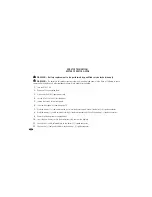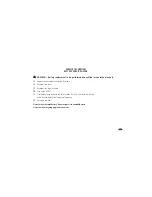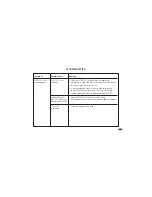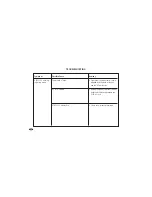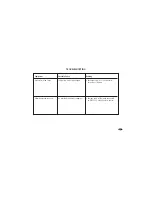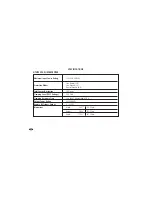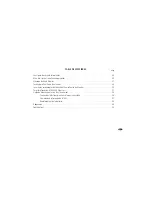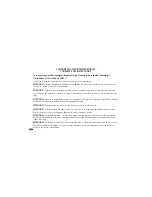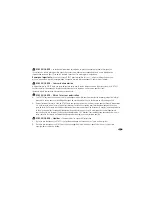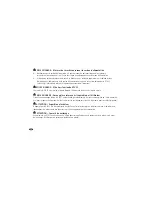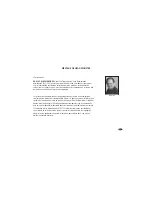
11
3.
Aim the attached device’s original remote control to the HTUPS’s front panel IR sensor. Now press and release the
POWER/STANDBY (or it’s equivalent) button on the remote control. Approximately ten seconds after receiving the IR
command sequence from the remote control, the LEARN LED will turn off, indicating that the unit has learned
the IR command sequence transmitted by the device’s remote control.
To test the automatic power-down of the attached device using the HTUPS’s
TEST button (after performing the above described programming steps):
1.
Turn on the attached device.
2.
Press and release the TEST button of the HTUPS. The attached device should start its power-down sequence
and will go into stand-by mode.
3.
Press and release the TEST button of the unit again. The attached device should remain in standby mode.
This is to verify that the HTUPS will not unnecessarily turn on the device when it changes mode of operation.
To test the automatic power-down of the attached device
(after performing the above described programming steps in actual situations):
1.
Power on the attached device, allowing it to completely power on.
2.
Switch off the AC mains power to the HTUPS to let it run on battery mode. The HTUPS will transmit the IR ON/OFF
code for the attached device. Consequently, the attached device should start its power-down sequence
and will go into standby mode.
3.
Restore the AC mains power to the HTUPS to let it go back to ‘Normal’ mode. The unit will detect that
the load is in standby/OFF mode and inhibits transmission of IR code. Consequently, the attached device
should remain in standby mode.
















